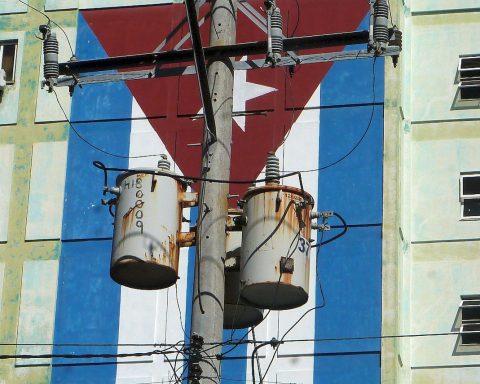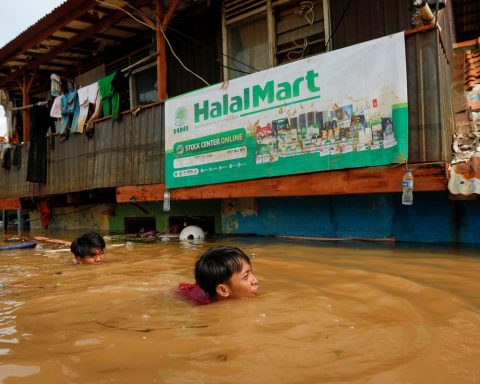AREQUIPA, Peru – Research carried out over the last 15 years by the Center for Atmospheric Pollution and Chemistry (CECONT) in Cuba verified that the cities with the worst levels of air quality are Mariel, Nuevitas, Moa, Havana, Santiago from Cuba, Cienfuegos and Matanzas.
This was reported by Dr. Rosemary López Lee, Senior Researcher of the entity belonging to the Institute of Meteorology, who referred to concerns about the current state of this sphere on the Island.
The expert told the state media Granma that with “the rank of bad” are the cities of Santa Lucía, Santa Clara, Camagüey, Holguín and Nicaro, while Pinar del Río, Artemisa, San José de Las Lajas, Cárdenas, Sancti Spíritus, Ciego de Ávila are classified as poor, Las Tunas, Bayamo and Guantánamo.
Among the fundamental causes of the air pollution problems observed in Cuba, territorial planning errors stand out in terms of the location of urban settlements and manufacturing facilities, the use of obsolete technologies, especially in industry and transportation, together with lack of efficient treatment systems and the reduced availability of regulatory technical standards.
“According to the national inventory of emissions from the main fixed polluting sources, carried out with high scientific rigor Throughout our country, and updated periodically, nitrogen dioxide (no2) is the pollutant most emitted into the atmosphere in Cuba, followed by sulfur dioxide (so2) and carbon monoxide (CO). , associated with the burning of fossil fuels,” explained López Lee.
The expert also highlighted, due to their magnitude, the emissions of particulate matter pm10 and pm 2.5, and volatile organic compounds other than methane.
The municipalities of Moa, Mariel and Nuevitas are the largest emitters of SO2, NO2 and CO at the national level, while the emissions of these compounds in Cienfuegos and Matanzas are equally significant.
For its part, in Havana the biggest air pollution problems are located in Old Havana, Regla, Diez de Octubre, Cotorro, Centro Habana and San Miguel del Padrón.
“The most compromised areas are concentrated in the industrial ring, around from Havana baylinked to emissions from the Ñico López refinery and the Regla generating set, fundamentally. Other notable polluting sources are boilers, furnaces and incinerators,” said López Lee.
In relation to the capital, the specialist recognized that a good number of industrial centers do not comply with the established air quality standards, regarding the minimum distance that must exist between them and the residential area.
Solution promises and consequences
Until the end of the 1980s, Cuba had an urban network aimed at controlling air quality that worked effectively. However, the network practically collapsed during the special period.
According to Rosemary López Lee, currently and under the direction of the Ministry of Science, Technology and Environment (Citma), steps are being taken to redesign and revitalize, in the short and medium term, the national environmental monitoring system, and within from it, to the National Air Pollution Surveillance System (Sinvca).
“The above requires executing a group of actions aimed at carrying out new studies to update the behavior of this indicator at the national level, the acquisition of more effective equipment and technologies focused on measuring with the greatest certainty the emissions of the main pollutants, the improvement of the transport and dispersion models of these compounds, along with the adoption of mitigation measures,” explained the expert.
If carried out, in a first stage the work would be concentrated, fundamentally, in the city of Havana, and then gradually the initiative would extend to other cities with marked air pollution problems.
The results of numerous international studies, including those carried out by organizations of the United Nations System, confirm that prolonged exposure to a rarefied atmosphere is usually especially harmful to people with respiratory and cardiovascular diseases, cancer, pregnant womenchildren and the elderly.
Reports from the World Health Organization estimate that each year exposure to deterioration in air quality causes around seven million premature deaths in the world, while other specialized academic sources estimate in the order of 6.7 to 8.8. millions the number of deaths attributable to environmental pollution in general, and atmospheric pollution is by far the first cause.
















